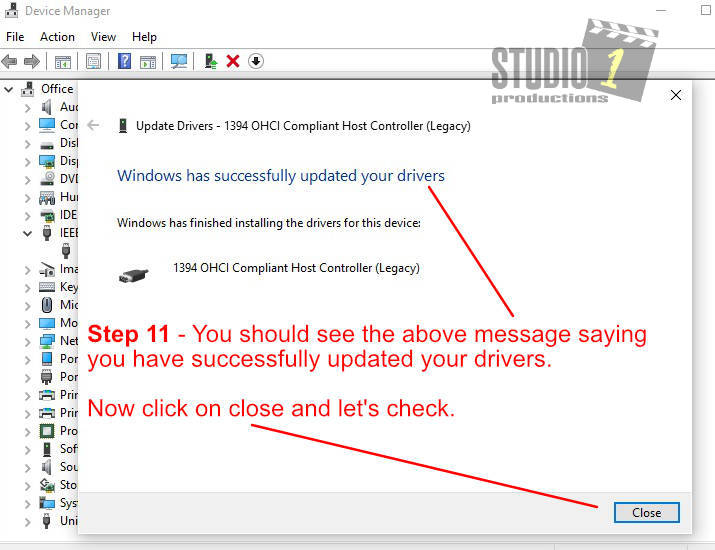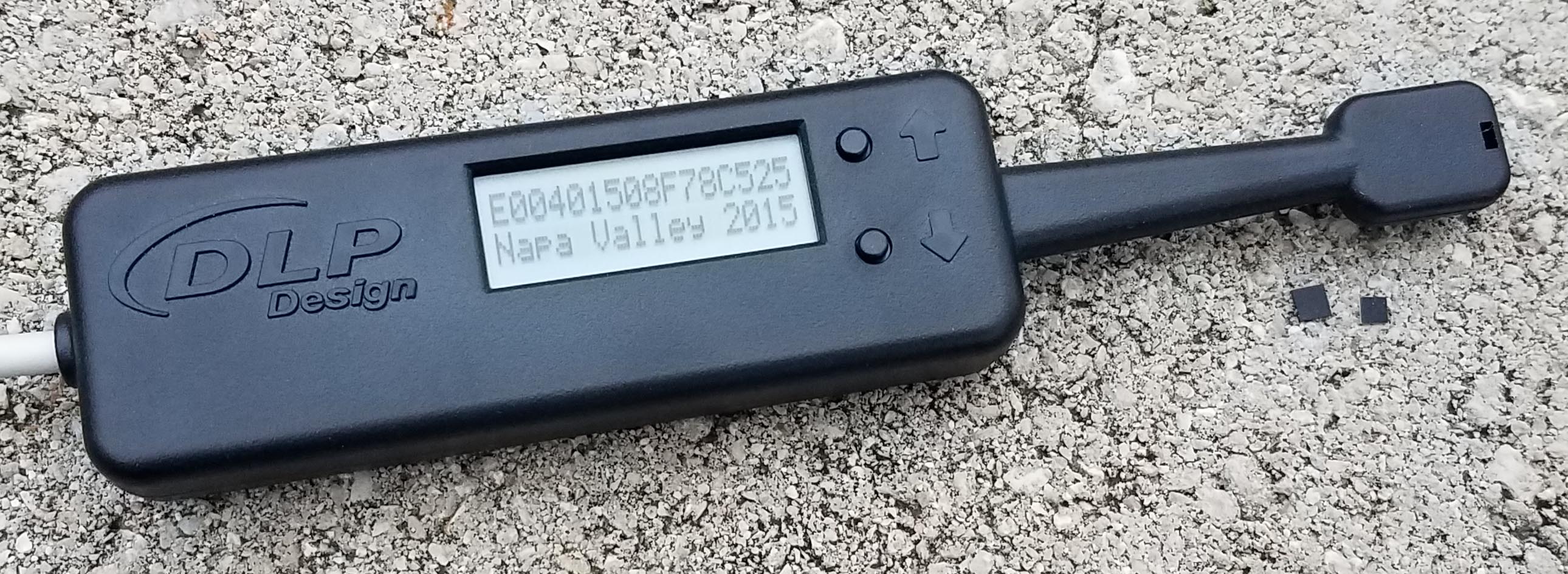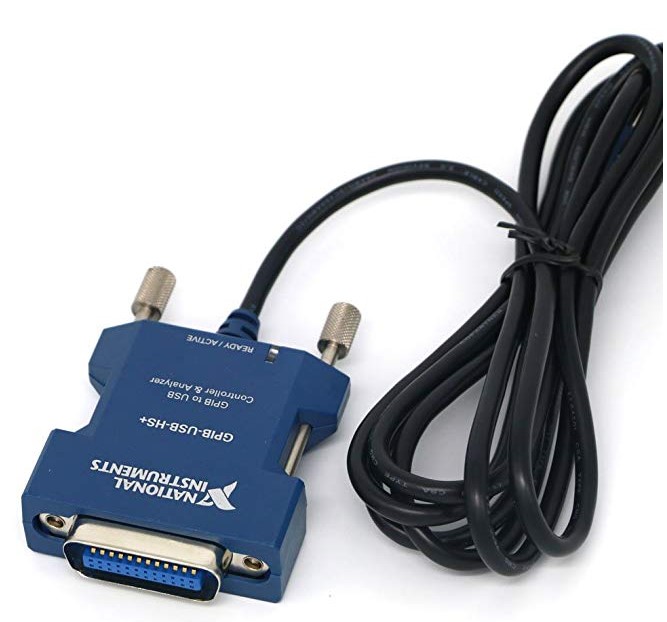PL2303 Windows Driver Download Download File: PL2303. And device drivers. FB1210 USB to 1-port RS-232 Adapter. Qualcomm® Gobi™ Firmware and Huawei Gobi 3000 HS-USB Modem driver Original device drivers from the Sony support site Note: It is not necessary to revert to the original drivers if you have properly installed updated drivers from the Sony® support site. Windows will inform you that its searching and updating the driver previously installed with the CD provided with the USB device! If you lose the CD, it is possible to download the driver on the manufactures site. At last resort, you can try a generic driver. If this does not work, do the same with other USB port (usually 2 USB ports per.
Open “Device Manager” on your PC and look for “QHSUSBBULK” unknown device. Right mouse click and select “Update Driver”. Select “Locate Drivers on this Device”. Now find the previously downloaded Qualcomm QDLoader driver package and select it. Download and open the USB driver. Click Yes when prompted to install the driver. Click Next after installation. Restart the computer. Plug in the C662 cable. Wait for the PC to finish the installation. To see new COM port assignment, open Device Manager and expand Ports.
USB-RS232 Serial Converter Driver DownloadWindows 7 64-bit & 32-bit, Windows Vista 64-bit & 32-bit, Windows XP, Windows 2000, Windows Me, Windows 98
Important note regarding Windows 7 and Vista:
The driver MUST be installed 'as Administrator'
Right-click the downloaded EXE file and choose Run as administrator
Download the Windows installer for the USB RS-232 adaptor:
Download for Windows 7/Vista/XP (32-bit)
Download for Windows 7/Vista (32-bit and 64-bit)
If for some reason the above driver does not work, try one of the following:
Download for Windows 7/Vista/XP (32-bit and 64-bit - Alternate driver)
Download for Windows XP, 2000, 98/ME (32-bit only)
For older cables (purchased prior to October, 2010):
Download for Windows 7/Vista/XP (32-bit and 64-bit)
Download for Windows Vista (32-bit only)
Run the installer, then after rebooting, plug the USB end of the adapter into one of the USB ports on the computer.

NOTE: For Windows 7, please use RC build 7100 or RTM Final version. (Installer program will not run on early Windows 7 or Beta versions)
Check the software driver installation
1) Open the Device Manager dialog from Control Panel
- Windows Vista: Start >> Control Panel >> System >> Hardware >> Device Manager
- Windows XP: Start >> Control Panel >> System >> Hardware >> Device Manager
- Windows 2000: Start >> Settings >> Control Panel >> System >> Hardware >> Device Manager
- Windows 98/ME: Start >> Settings >> Control Panel >> System >> Device Manager
2) Click the plus sign (+) next to 'Ports'.
3) If the device is properly installed, 'Serialio.com USB Serial Port' or 'Prolific USB-to-Serial COM Port' will be displayed.
The software driver is properly installed, but the USB-RS232 adaptor does not work as expected
One of the common reasons that software may not work as expected with a USB-Serial adaptor when the devcie is properly installed, is many older programs (and even some new ones) only support a limited number of COM ports (e.g. only COM1 - COM4)
If the USB-RS232 adapter is installed as COM5, it may need to be reassigned to COM1 - COM4 to work with some software.
The following outlines how to to reassign the COM port on Windows XP/2K/Me/98SE
Windows XP
1) Follow steps 1-3 of 'Check the software driver installation'above.
2) Right-click on the 'Prolific USB to Serial Port', then click Properties
3) Click on the 'Port Settings' tab. Click the 'Advanced' button.
4) In the 'COM Port Number' drop-down select the desired port number. For example if the software requires COM2, select COM2. Note the COM port must have '(in use)' listed next to it, if it does then another device with that name is already installed in the system. After selecting the desire port number, click 'OK.'
5) Click 'OK' again, and the device will show up as being on the same COM port that it was before (i.e., COM5), but should show up on the selected port name when the Device Manager dialog is closed and opened again.
6) Close the Device Manager. Launch the software to use with the new COM port.
Windows 2000, Me, and 98 SE (Second Edition)
1) Follow steps 1 2 of 'Check the software driver installation'above.
2) Right-click on the 'Prolific USB to Serial Port', then click Properties.
3) Click on the 'Port Settings' tab. Click the 'Advanced' button.
4) Uncheck 'Use automatic settings'.
5) Select 'Input/Output range'. Click on 'Change Settings'.

6) Type '02E8-02EF' in the Value box. This value will change the port to COM 4. If COM 4 is in use, you must choose another port. The values for each port are.

- COM 1: 03F8-03FF
- COM 2: 02F8-02FF
- COM 3: 03E8-03EF
- COM 4: 02E8-02EF
7) Enter the value, then click OK. Click OK again, then click Yes when the 'Creating a Forced Configuration' window appears. Click OK.
8) Restart the computer. The Device Manager can be checked, to see the COM port change.
Note: Adaptor may not be exactly as pictured above.
back
This article helps to fix an issue in which Windows 10 doesn't install specific drivers for USB audio devices on the first connection.
Original product version: Windows 10, version 1703
Original KB number: 4021854
Symptom
When you connect a USB audio device to a Windows 10 Version 1703-based computer the first time, the operating system detects the device but loads the standard USB audio 2.0 driver (usbaudio2.sys) instead of the specific device driver.
Cause
This issue occurs because the USB audio 2.0 driver (usbaudio2.sys) isn't classified as a generic driver in Windows 10 Version 1703. Therefore, the system assumes that a compatible, nongeneric driver is installed for the device even though the driver is generic.
This issue also causes Windows 10 Version 1703 to postpone the search for other compatible drivers through Windows Update that typically occurs immediately after you install a new device.
Resolution
To fix this issue, use one of the following methods.
Method 1
To resolve this issue, install update 4022716.

Method 2
If the device-specific driver is distributed through Windows Update, you can manually update the driver by using Device Manager. For more information about how to do this, see update drivers in Windows 10.
Method 3
If the device is not yet connected, first install the device-specific driver, such as by using the appropriate installer. After the device-specific driver is installed, Windows 10 will select that driver instead of the standard USB audio 2.0 driver when you first connect the device.
Note
See the device manufacturer's user guide for specific instructions about how to install the driver.
Method 4
Hs Incorporated Port Devices Driver Download For Windows 7
If the driver isn't distributed through Windows Update, you can manually reinstall the driver. To do this, follow these steps:
- Install the device-specific driver (see Method 2).
- Open Device Manager.
- Right-click (or tap and hold) the name of the device, and then select Uninstall.
- Restart the computer.
Hs Incorporated Port Devices Driver Download For Windows 8.1
When it restarts, Windows will try to reinstall the device by using the device-specific driver.
